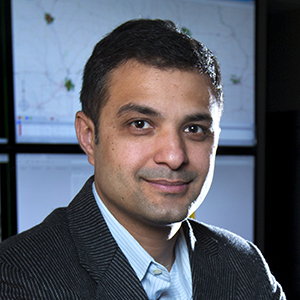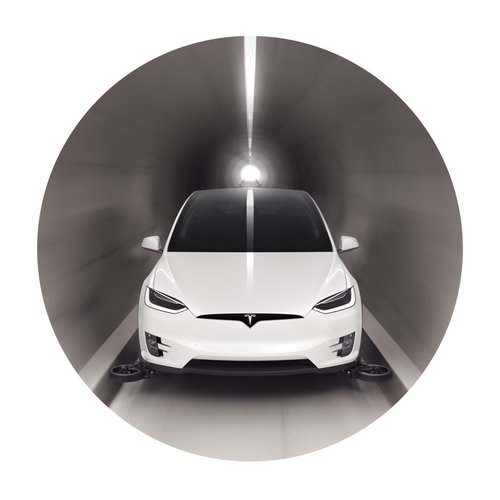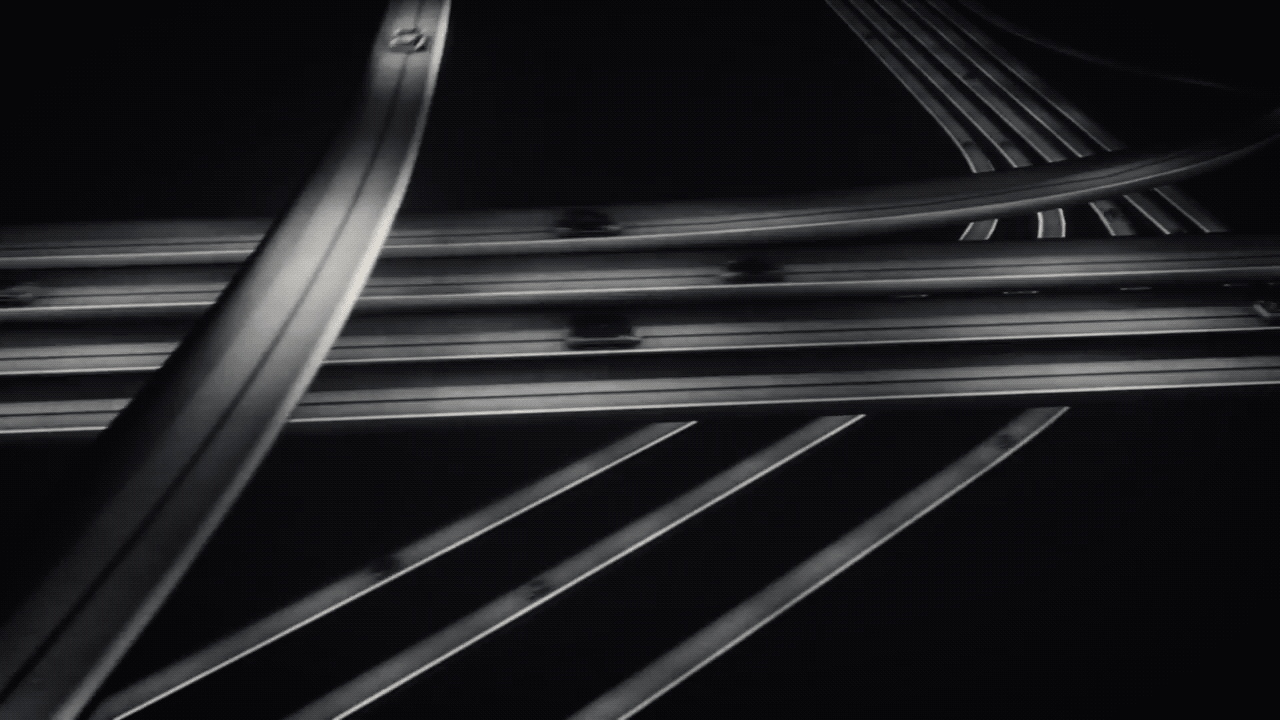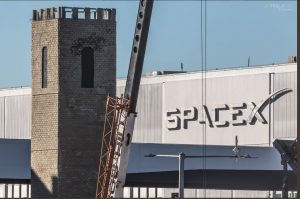As a kid, I loved watching cartoons. One of my favorites was the “Jetsons”. Flying cars, drones, high rise buildings and robots, this futuristic vision of the world of 2062 was simply fascinating. Today, as we witness the breakthroughs of the digital era, it seems the Jetsons future is here sooner than ever.
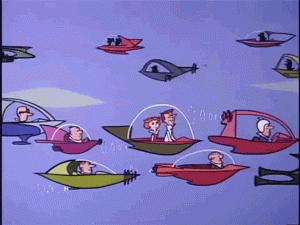
Transportation industry constantly thrives to make transit faster, safer and more effective for its passengers. The improvement in transport technology has come in terms of enhancing the existing modes or expanding through new innovations. Self-driving cars, robo-taxis, flying cars, air-taxis, and driverless buses or trains are recent innovations which are transforming the travel experience. With advances in lightweight material, computer modeling and artificial intelligence these innovations are turning into reality.
The increase in vehicle population has lead to gridlock traffic. Road infrastructure is already stretched out, there is not enough space to expand anymore. Thinking outside the box, the idea is to expand the infrastructure vertically. On one side Elon Musk’s boring company explores the world below while many others aim to soar high with flying cars. From the “Jetsons” show to “Blade Runner” and “Back to the Future” movies, flying cars best symbolize the future. It is the most anticipated innovation of the century whose roots of development are dating back to the early 1900s.
In 1917, Glenn Curtiss built an Autoplane with three wings spanning 40 feet. Airphibian designed by Robert Fulton (1946) was the first flying car to be certified by the Federal Aviation Administration (FAA) which could drive at 50mph and fly at 120 mph. The wings and the tails section of the plane could be removed and it took 5 minutes to convert to a car. The most successful car to date is the AeroCar designed by Moulton Taylor. It cruised at 120mph in the air and received approval from the FAA. In 1970, Ford Motor Co. considered marketing this vehicle which was later called off due to the decade’s oil crisis. Although these pioneers were unable to develop a viable flying car, they inspired a group of enthusiasts who carried the work further.
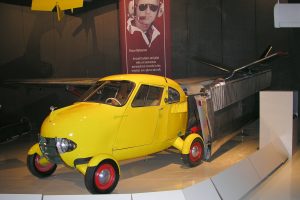
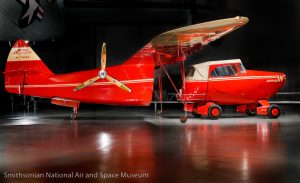
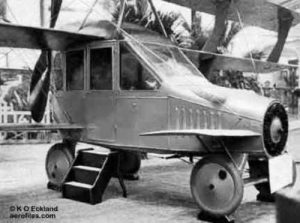
Today, automobile giants and Silicon Valley startups are partnering with avionic industries to populate the skies with their flying cars. One of the forerunners in this race is Terrafugia, a U.S. based (Chinese owned) corporation whose road-able airplane model Transition is set to hit the markets in 2019. The development of this prototype began in 2006, from wherein it has undergone several tests and received exemptions from FAA and the National Highway Traffic Safety Administration (NHTSA). It is a light-sport aircraft model which will require a licensed pilot for operation and can carry up to one passenger.
Boeing has started its efforts to develop air taxi prototypes which it expects to test later this year. Last year, Uber revealed its prototype for air taxi program and aims to conduct test flights in Dallas or Los Angeles by 2020 and begin commercial service by 2023. Airbus is working with Volkswagen’s Audi to design a flying car. It is also separately developing autonomous single and four seated aircraft. Hence, the future with flying cars is coming soon and the real question is whether the consumers and infrastructure are ready to accept it.
[embedplusvideo height=”253″ width=”450″ editlink=”http://bit.ly/2RKOefQ” standard=”http://www.youtube.com/v/JuWOUEFB_IQ?fs=1&vq=hd720″ vars=”ytid=JuWOUEFB_IQ&width=450&height=253&start=&stop=&rs=w&hd=1&autoplay=0&react=1&chapters=¬es=” id=”ep8710″ /]
Flying cars are truly exciting to imagine but bringing them to reality means there are many challenges to overcome before they can truly help improve the transportation today. At a time when self-driving cars are facing the heat of safety concerns, the concept of self-flying cars may fail to impress the consumers. Uncontrolled air traffic can lead to mid-air collisions which are dangerous to passengers as well as pedestrians on the ground. Land pad infrastructure has to be well designed to regulate the landing and take-off of flying cars to ensure smooth air traffic. While flying there have to be “air” rules to ensure smooth and safe traffic flow. To tackle these safety concerns, rigorous testing must be conducted. Laws and regulation are required to control the vehicles from converting erratically and taking flight.
Flying cars can be manually controlled or be autonomous. For manual control by humans, they will have to be trained appropriately and given authorization via license to fly. Autonomous flying cars will reduce human-induced errors and remove the burden of flying training and licenses. Autonomous flying cars will be safer with higher passenger capacity. A fully autonomous system can be better trained to travel through harsh weather conditions and crowded air traffic. Coupling this technology with navigation systems can provide a comfortable and hassle-free ride.
Flying cars have to be environment-friendly. They should have minimal contribution to air and noise pollution. Companies are aiming for a hybrid or pure electric fuel technology with flying cars with less charging times. To make flying cars a competitive transit mode to others such as rail, bus or ridesharing services means they have to affordable. The cost of a Terrafugia Transition is expected to be over $300,000. The advanced and expensive technologies used for manufacture increases the market price for these flying cars. Similarly, in the case of air-taxis it will be difficult to provide a competitive price for air ride as compared to the land ride or provide flying cars to own at a modest cost.
2019 is an important year for mobility with many innovations such as air-taxis, flying cars and robo-taxis all set to start their ventures. The advancements in technology show true promise for flying cars but they are still a few years behind in helping the transportation industry. Flying cars demand a lot in terms of infrastructure and market to facilitate their vision. Flying cars is one element in the big system of travel network that needs to be designed vertically to support them. To live in the world of Jetsons, inclusive growth of vertical infrastructure, transportation network and vehicle technology will be required.


